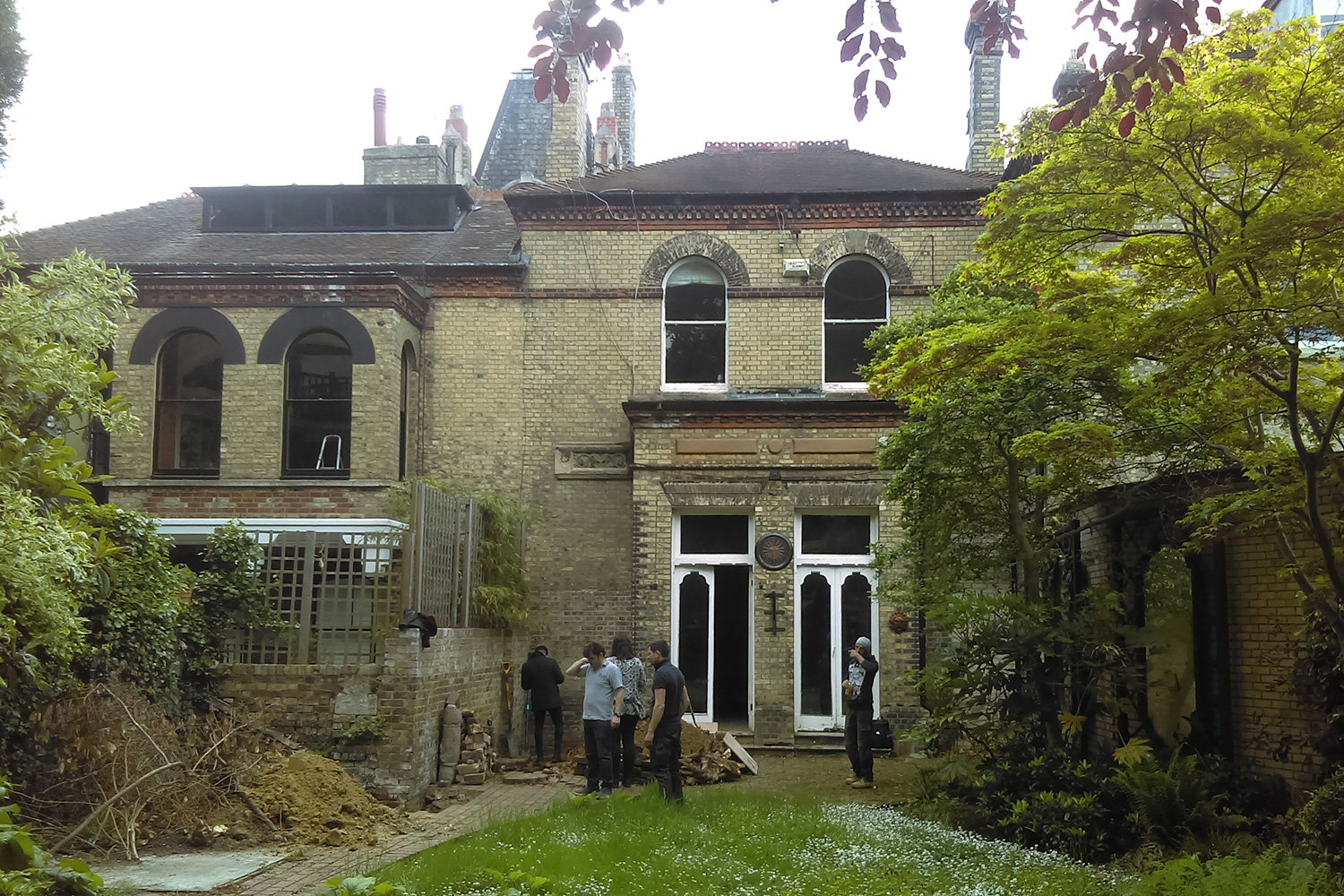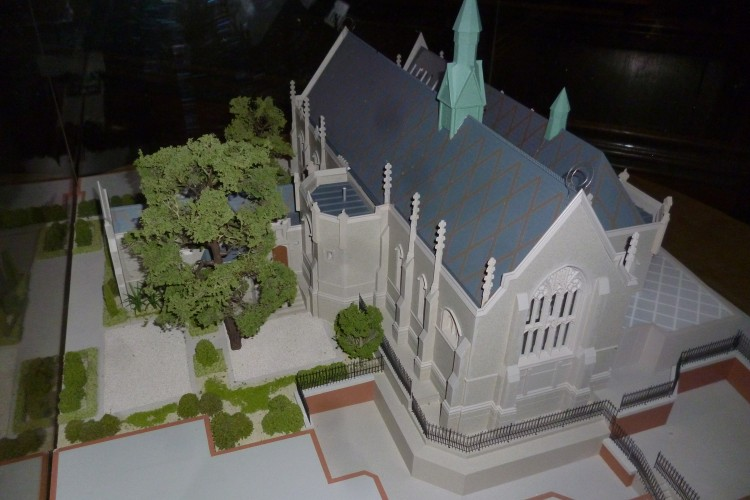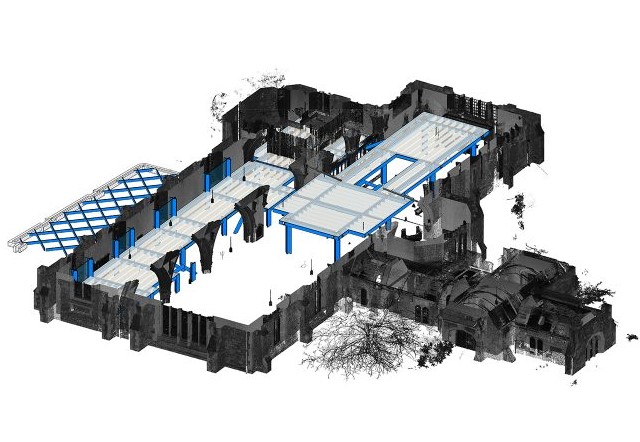At Lyons O’Neill, we love the opportunity to breathe new life into a development. Whilst every renovation comes with its own unique challenges and opportunities, the process required to transform a listed or historic building in particular requires a special level of respect and attention to be paid to the original structure. To many, these buildings represent more than just bricks and mortar, and our experience with this type of building has meant that we’re well versed in the techniques needed to ensure the balance between cultural value and modern functionality is always met.
A listed building is one that has been lawfully protected and placed on a statutory list maintained by either the Historic England in England, Historic Environment Scotland in Scotland or Cadw in Wales. The classification means the building most likely has historic or architectural significance, and therefore requires special planning permissions and English Heritage approvals to be sought before any moves to alter, extend and demolish the building are made. To find out if a building is listed, you can visit the Historic England site here.
For civil and structural engineers, listed and historic buildings pose a number of challenges which arise at all stages of the design and construction sequence. Some of the oldest listed buildings in the UK date back as far as the 11th century – meaning the structural integrity of these buildings can be unpredictable and in need of specialist appraisals. During this process, careful consideration is taken to determine whether these characterful, yet often unstable, buildings will ever be able to withstand the development works, health and safety requirements, frequent use and all manner of environmental conditions to be fit for planned contemporary use.
Once these planning permissions and approvals are obtained, they are often subject to a number of conditions, such as the preservation of the building’s unique external character. Whilst this presents architects and engineers with a range of design and development restrictions, coming up with the solutions needed to maintain a structure’s aesthetic and historic value also offers a unique opportunity to flex creativity and expertise.
For example, our work at St Lukes saw the conversion of a Grade II listed former-Chapel – dating back to 1849 – into luxury accommodation. Here, our structural solution was integral to gaining the planning and English Heritage approvals needed. We set out to deliver a renovation which was fit for modern purpose, but posed minimal disruption to the existing fabric of the building. We proposed the use of steel screw-piles to support a hot-rolled steel frame structure which would have negligible impact on the existing structure and take no support from it. To take our designs even further, and maintain flexibility, our design ensured all proposed structural elements could be fully demountable and reversible.
Through careful consideration and understanding of the existing structure and its limitations, we succeeded in maintaining the architectural and historical significance of the Chapel, whilst transforming it into a striking modern living space.
We are also pleased to add Well Road to our growing list of current projects. Here, we have been appointed to provide the civil and structural design for the refurbishment of a characterful Victorian gothic-style property. Working closely with F3 Architects, the extension has a carefully analysed steel structure concealed in the roof to allow it to cantilever over frameless glass with a discreet, slim line edge profile.
As our listed and historic portfolio continues to grow, you can learn more about the techniques we have employed on a range of these projects here.




